Founded in 2021 by Germain Provot Lorenz, Treaptyque is far more than just a showroom—it's a vibrant and unique space dedicated to curating exceptional pieces.
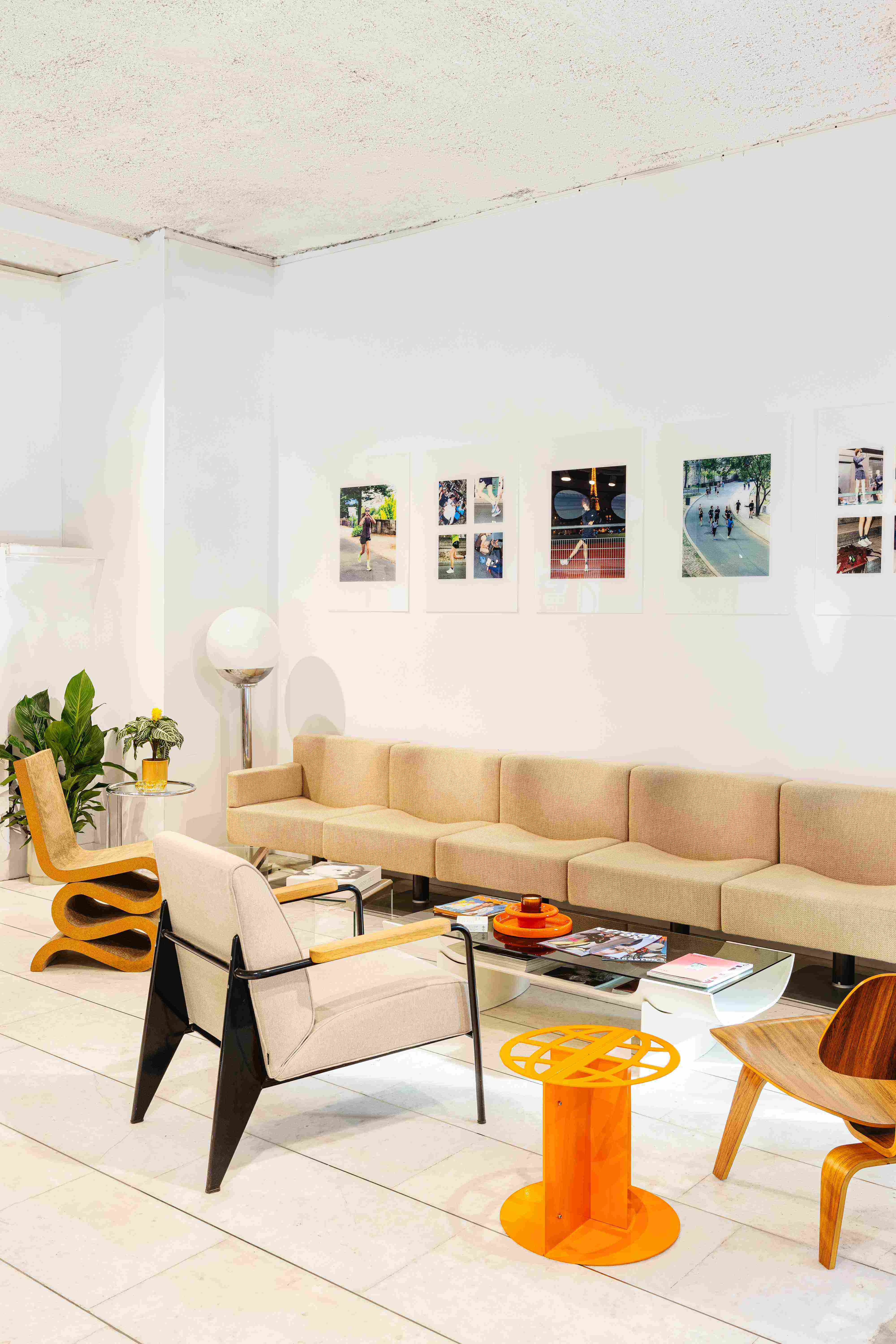
Every year since 1985, Hyères has played host to the Festival de la Mode et de la Photographie.
In the sun-drenched town, the Villa Noailles stands as the beating heart of creativity, combining fashion, photography and festivities. Exhibitions and presentations set the scene for this creative interlude. Harmoniously showcasing photographs, fashion pieces and accessories, the Villa Noailles offered a total immersion into its history.
For Igor Dieryck, a 24-year-old Belgian designer, the Hyères Festival was a remarkable entry into the long line of fashion prize-winners such as Anthony Vaccarello, Victor & Rolf and Felipe Oliveira Baptista. He presented his "Yessir" collection, inspired by his student work as a hotel receptionist. For this collection, he redefined the codes of tailoring, winning three prizes: the Grand Prix du Jury Premiere Vision, the Prix le 19M des Métiers d'Arts and the Prix du Public de la Ville d'Hyères. In his carefully crafted silhouettes, he makes visible the hotel professions, which are all too often made invisible. It was a striking performance that marked the promising debut of this young designer.
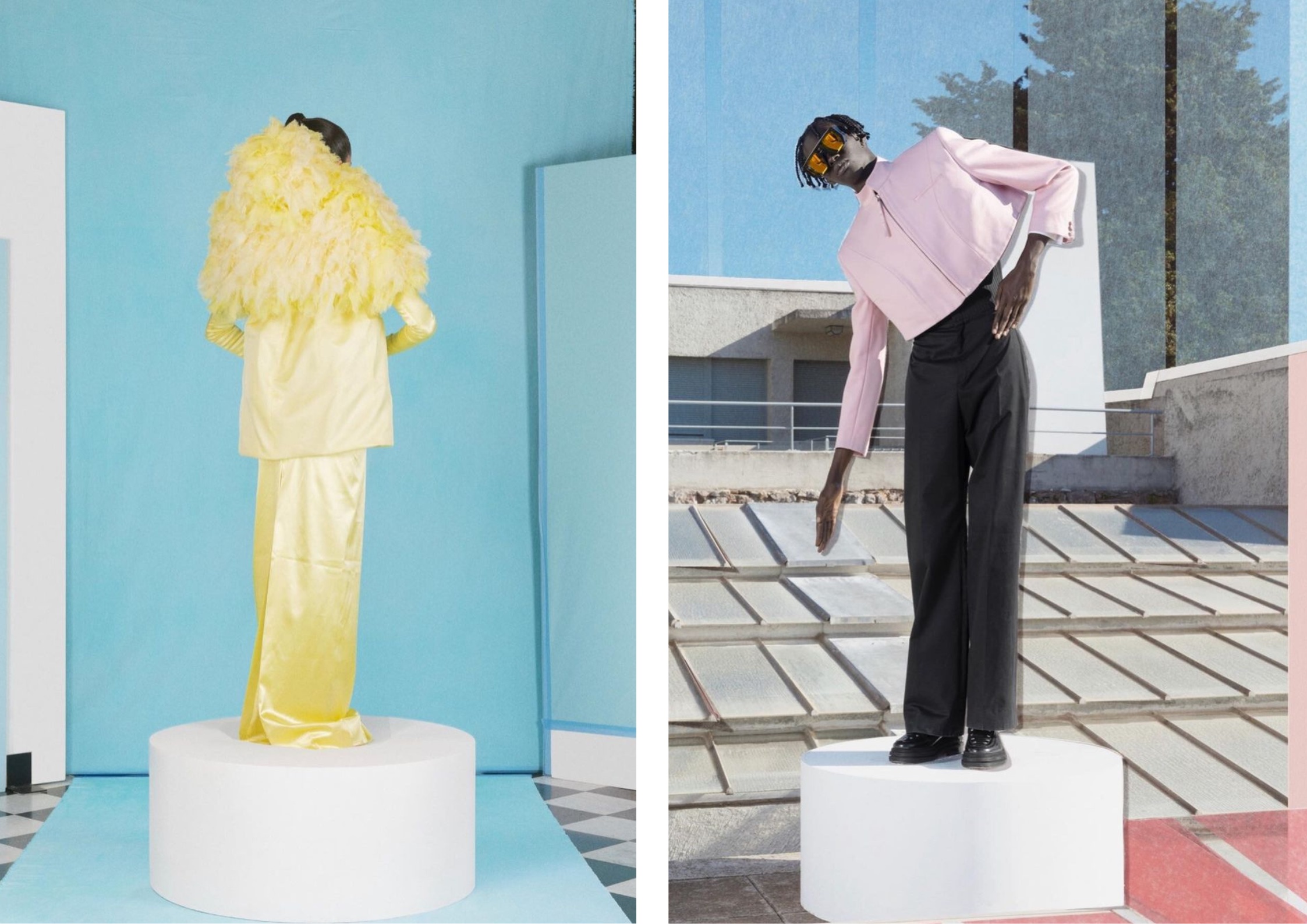
You won 3 awards in Hyères. How are you enjoying this victory?
After 10 days, I'm finally starting to enjoy my victory a bit. The moment itself was great and I don't think I'll ever forget it. The rest was pretty intense. Everyone plans at least the next 6 months or the next year in their life. And then, from one day to the next, a lot of new things were added to my plans. At first, I was a bit panicky about how I was going to manage it all. There's a whole mix of media and professional flow that you have to manage while trying to sleep and take time for yourself.
How did your love affair with fashion begin?
I've been drawing since I was a kid. I used to draw anything and everything. I asked to have notebooks in which silhouettes were drawn, and all I did was drawing. Little by little, I spoke to my mother about it and she suggested I take a sewing course. I went to a seamstress, who is a seamstress with whom I work today when I need a little help on some of my pieces. She taught me how to sew. That was my introduction to dressmaking and it was when I went to the Academy of Fine Arts in Antwerp that I entered the fashion world.
Are there any production methods that you prefer to use for your pieces?
At the moment, we don't have our own brand, but there are certain techniques that come up a lot in my work, such as tailoring. I'm a fairly rational person with a very mathematical side, so the whole technical and construction aspect is something that interests me a lot.
You worked with Chanel and Lemarié on a feather down jacket, what inspired you in this collaboration?
I think it's important to have different layers of understanding. There's always a fairly first-degree aspect, which you see on the catwalk, which you understand straight away. My collection is about my job as a student receptionist. You see the bell-bottom jacket for the bell boy or the dress with an integrated waitress tray, and you immediately understand the link. It's also important that all these things have a second message. When I decided to design this piece, I was working with Lemarié, Chanel's feather maker. I immediately thought of making a piece that evoked an object made of feathers that you can find within a hotel, and so it was quite natural that I turned to the feather duster. I wanted to make a piece that was reminiscent of a feather duster. That's also why the feathers are made of textiles. I thought it was more interesting to suggest a feather using textiles than to suggest a feather using feathers. In the choice of silhouettes and colours, it's about taking this object that's totally invisible and the people who do the maintenance work who are made totally invisible, taking those elements and making them the most visible look in the collection. The most flamboyant or extravagant look. I liked this contrast between the initial inspiration and what I was taking it towards.
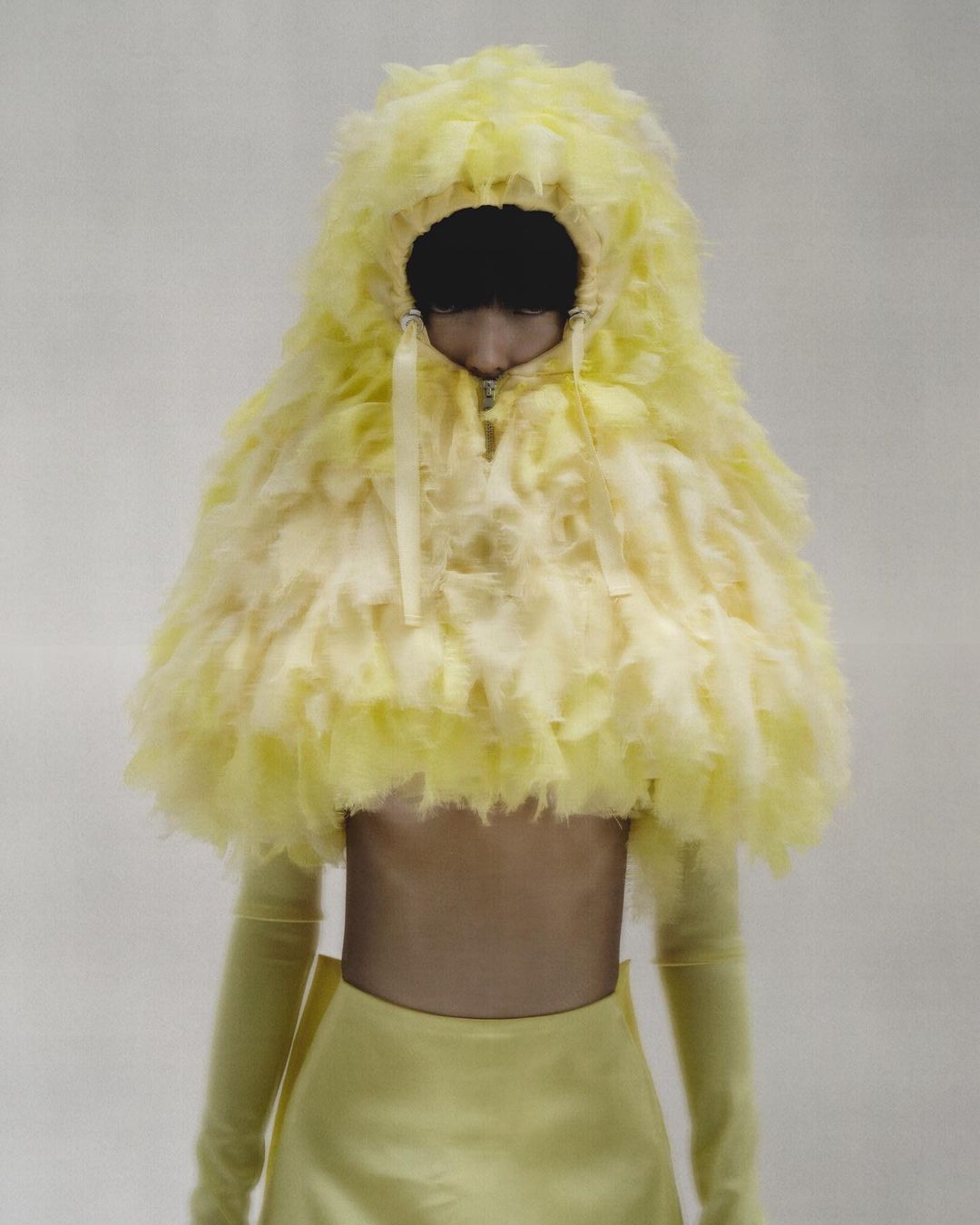
This year in Hyères, the younger generation was represented both in the jury and in the nominees. What do you think this reflects?
I think fashion has always liked young people, in a way. When you look at the models, they're very young, sometimes even a little too young. It's something that's unique to fashion and to all entertainment industries, like music for example. I think it's interesting that the Hyères Festival focuses on the younger generation. The festival is a springboard, it really gives incredible opportunities for the winner but also for all the other finalists. Everyone has met some incredible people, and it's great for networking, meeting media professionals and different people. Fashion is such a closed world. It's great, as a young person, to be able to meet the most influential people in Paris all at once. I think there's inevitably a kind of naivety, which is interesting because we're all young and have big dreams. As the juries have said, no collection is perfect, so it's this idea of highlighting the whole process and the genesis of different projects.
You use the codes of uniforms in your collection. What does the uniform represent for you?
The concept of uniform is quite broad. A lot of people wear uniforms without realising it. At the Hermès office, from the outside, people must think that we're wearing a uniform too, because there's a certain look. I think it's like that in a lot of places. In my case, it was the precise uniform of the hotel business. For me, the uniform is something quite broad and it's not all negative. In fashion, it could have a negative connotation, because the idea is to stand out from the crowd. Sometimes a uniform can actually help you to fit in with a group and be part of a certain community. As I said in my presentation, uniforms change the way people perceive us. The saying 'Fake it till you make it' is a bit superficial, but it's the idea of putting on your shell.
You work as a junior designer at Hermès. How has your work for the company influenced your designs?
It's very important for me to keep a certain difference between my personal work and the work I do at Hermès. I learn a lot at Hermès, it's a house with an incredible history. I draw more inspiration from my personal experiences, which is not necessarily what I do at the office. I do things that have nothing to do with Hermès, and yet I think that both in their own ways are totally me, and that's what's interesting.
Which designer inspires you?
There are people who have always inspired me a lot and whose work I love, particularly Raf Simons and Dries Van Noten, I think because I studied in Antwerp and was immersed in the history of Belgian fashion and all that important culture. Their work, their interviews and what I find out about them also influence the way I see things. I wouldn't say that I have one person who influences me, there are lots of things and influences that inspire me.
What are the challenges you face in fashion today?
There are a lot of challenges. It's one of the most polluting industries and at the same time there's this demand to constantly come up with new ideas and new products. There are constantly conflicting messages. We're at a time when fashion is evolving, but I can't say what it's evolving towards. A lot of brands are trying to make their collections more sustainable and, at the same time, social networks are encouraging an increase in the number of catwalk shows and capsule collections. There are a lot of challenges, I'm questioning myself and I see it around me in the industry. It's quite difficult on an individual scale to form an opinion of everything that needs to be done for the future.

Founded in 2021 by Germain Provot Lorenz, Treaptyque is far more than just a showroom—it's a vibrant and unique space dedicated to curating exceptional pieces.
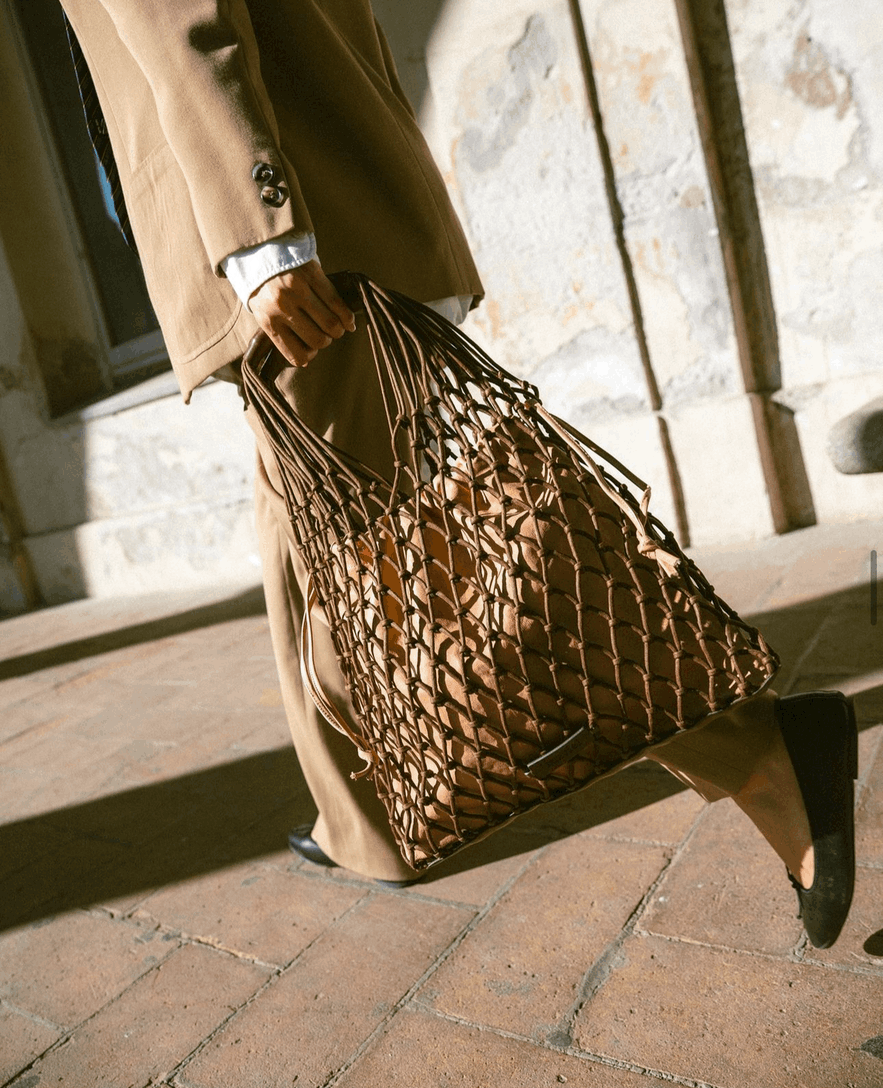
The Premiere Classe fair will soon open its doors to unveil an exclusive selection of leather goods brands and bags creators. This prestigious event shall showcase the exceptional craftsmanship and ongoing innovation within the Italian creative landscape.
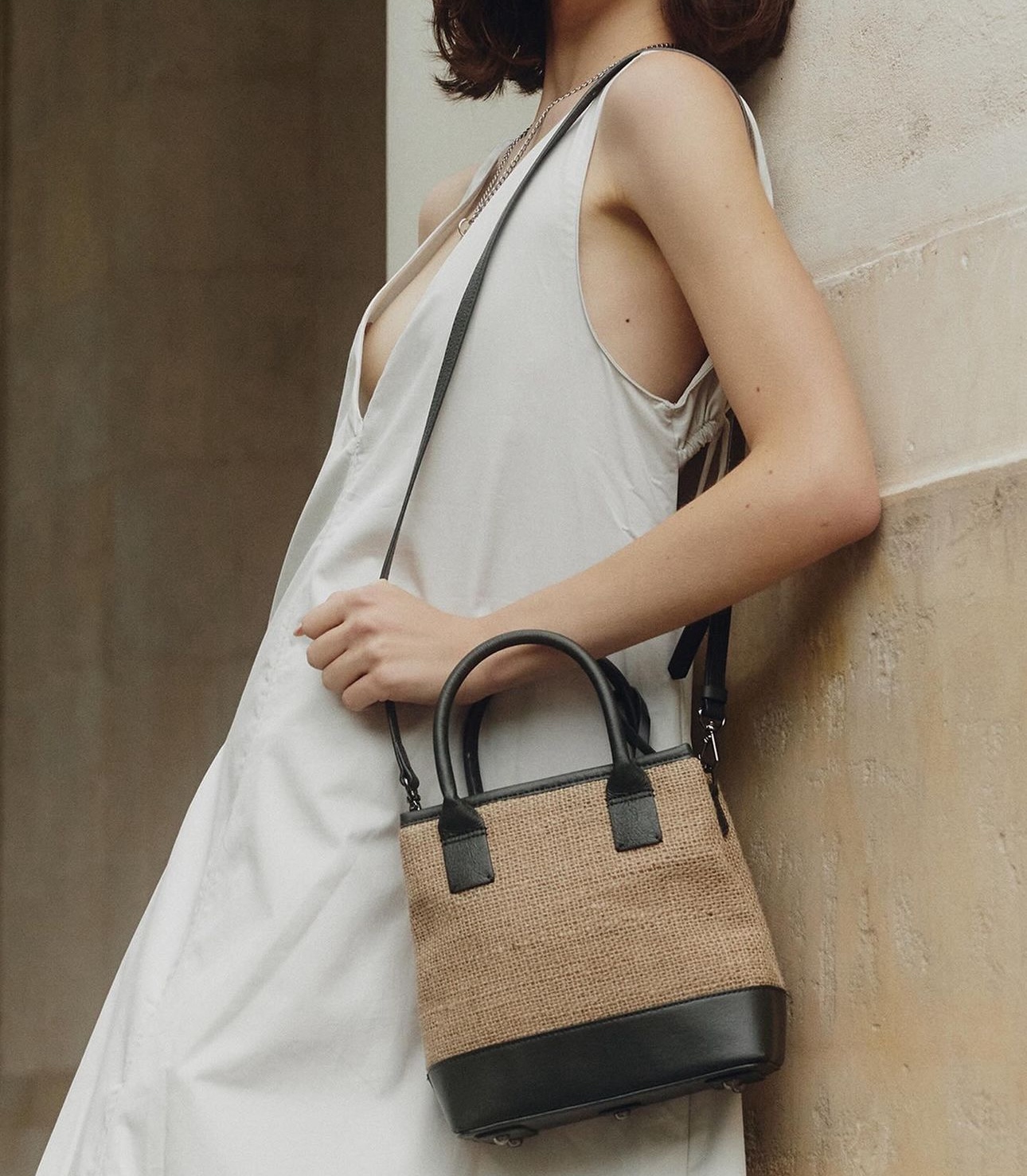
KEIA (Korea Environmental Industry Association) advocates for eco-conscious initiatives among creative industries in South Korea and abroad notably. Since 2023, the association has been exhibiting on our IMPACT trade show along with Who’s Next. Their project revolves around supporting and promoting sustainable practices and key players of Korea’s industries on an international scale.
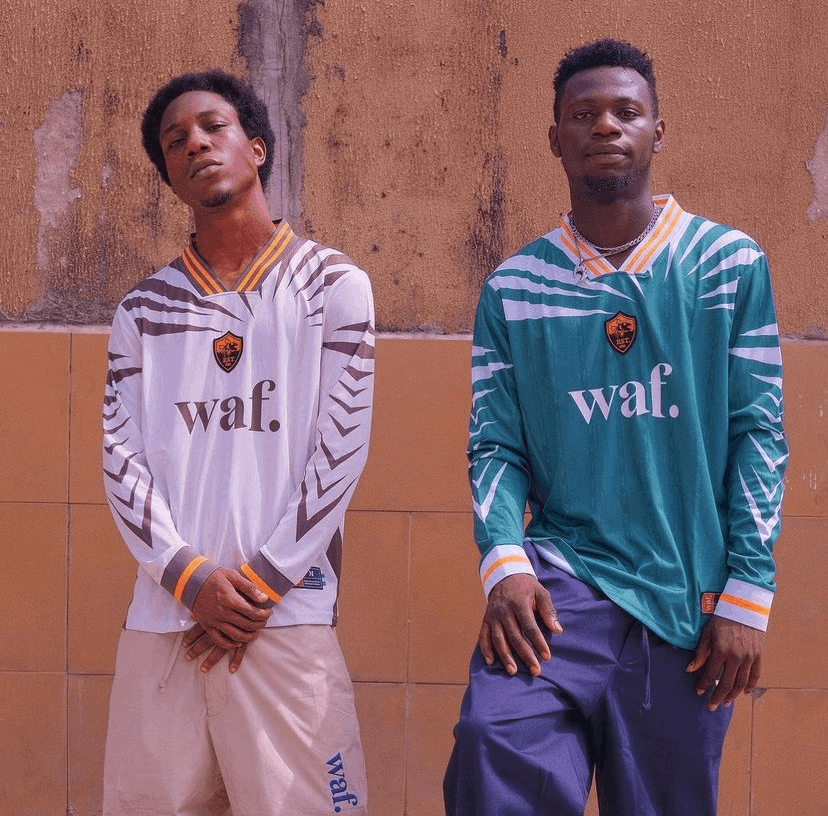
Street Culture resonates with the complexity of a city’s soul. The people, as a community, are those who define and codify its intricacies. Lifestyle, Fashion, Art and Music intertwine through the cosmopolitan blend that characterizes the singularity of a city’s vibe and energy.
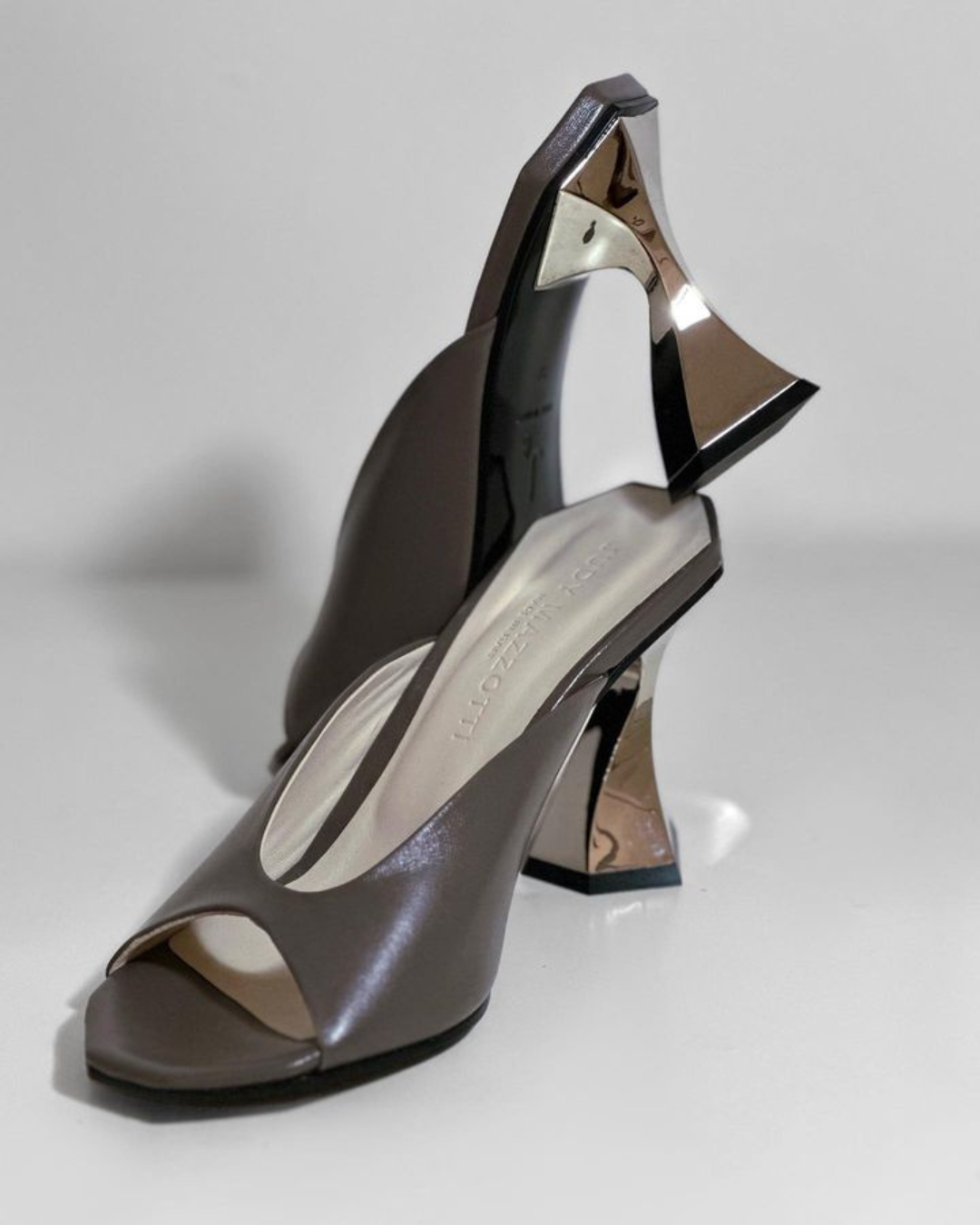
Founded in Rimini from the vision of the eponymous young Italian designer, Judy Mazzotti, Judy created her brand with a focus on the future and research and development centred on innovation and sustainability.
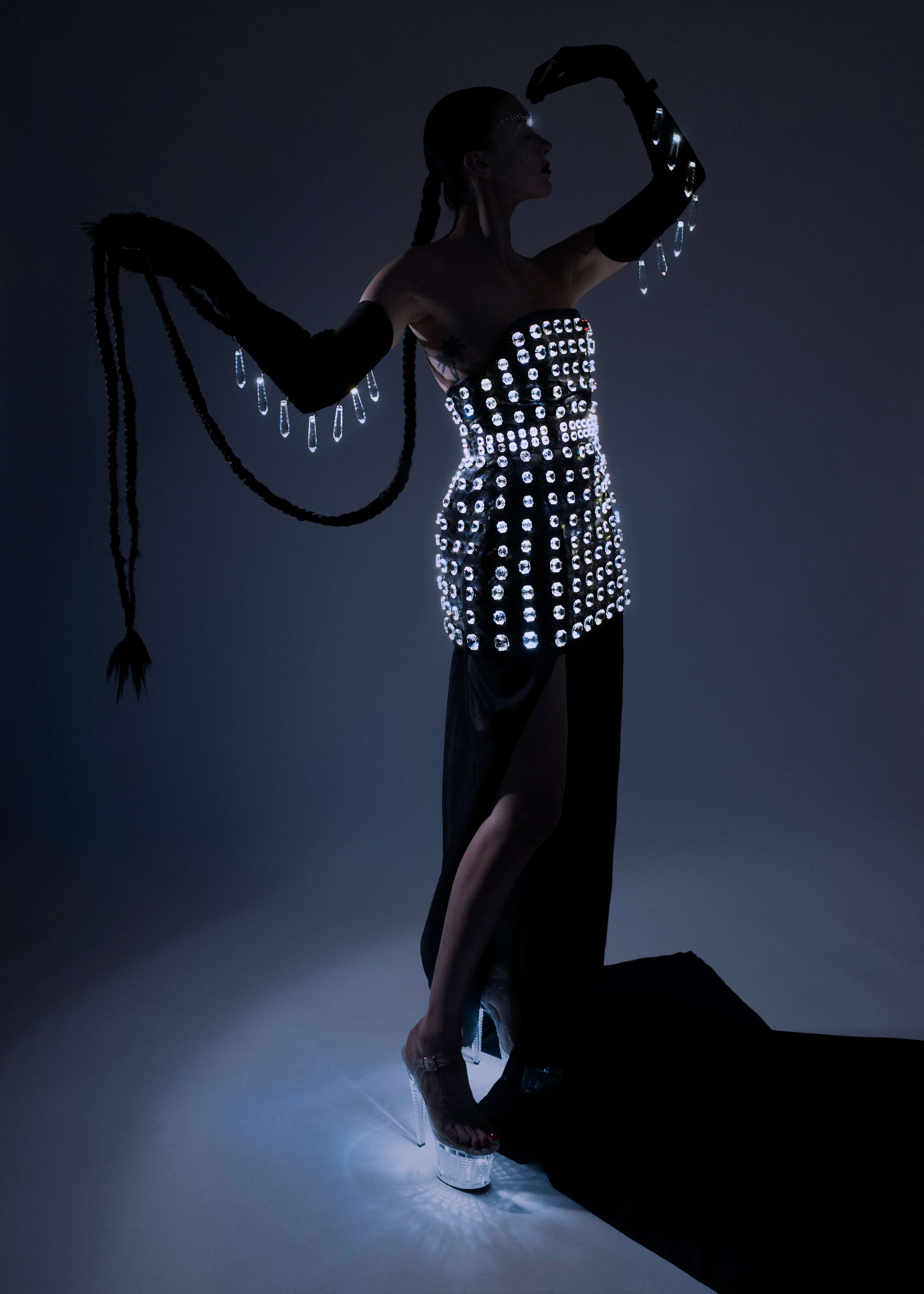
As a partner of the Prix de la Création de la Ville de Paris, Premiere Classe is inviting Domestique - Prix Accessoires de Mode, and Clara Daguin - Grand Prix Mode, from 1 to 4 March 2024.
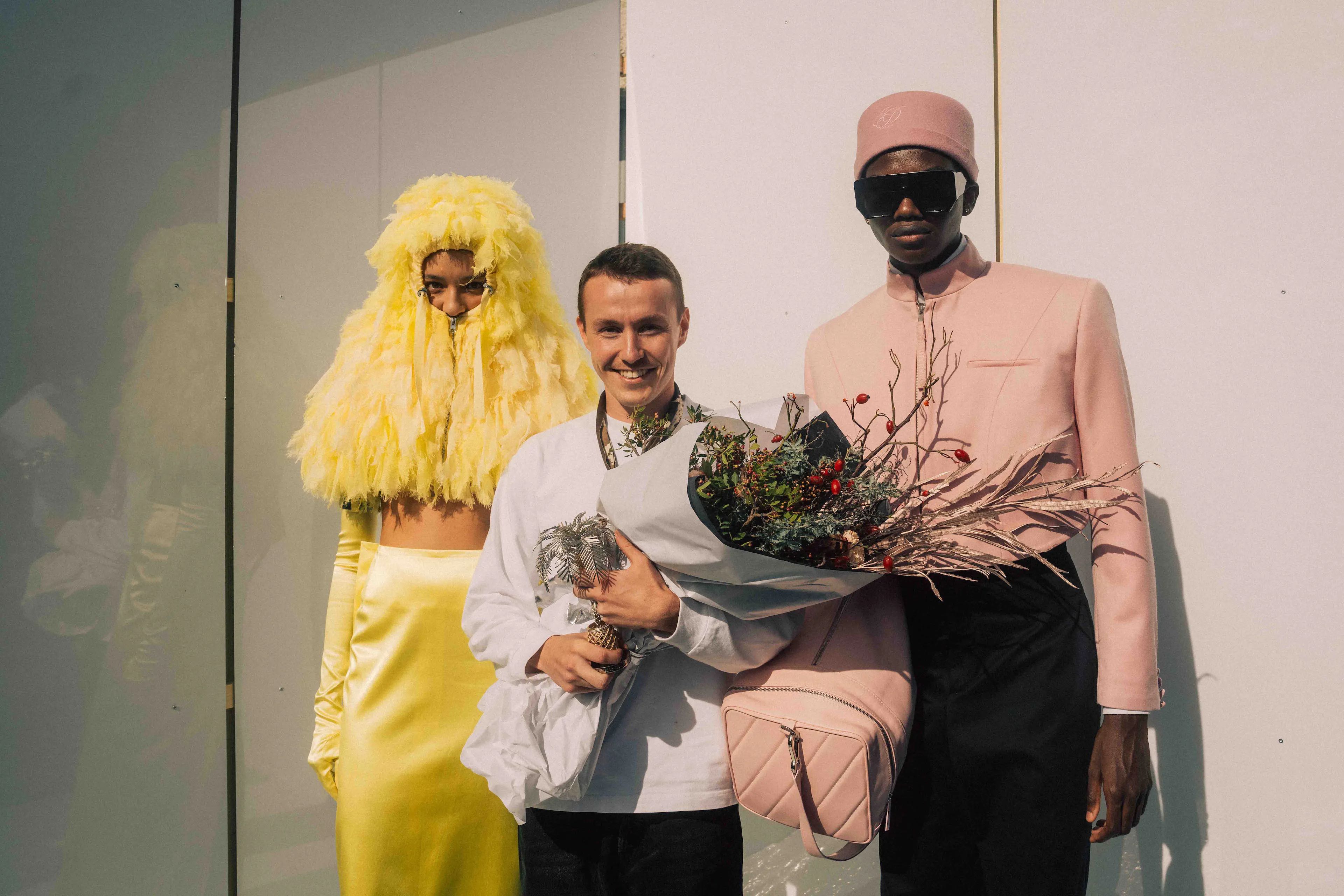
Every year since 1985, Hyères has played host to the Festival de la Mode et de la Photographie.

In an exhibition at the entrance of Premiere Classe, Birimian shed light on the African New Avant-Garde Creative, which is supported through a unique accelerator program in partnership with the Institut Français de la Mode.
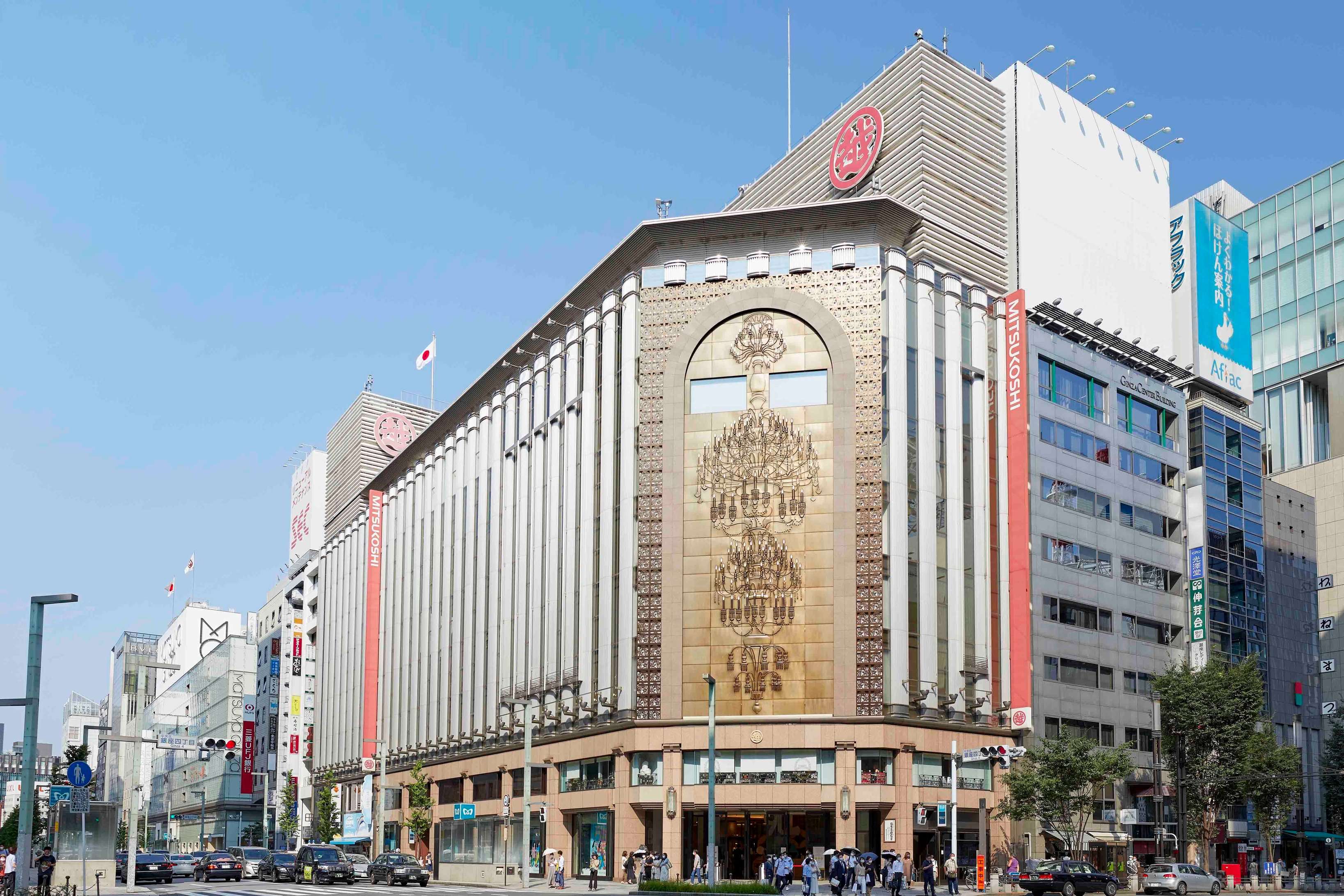
The Parisian eye of Japanese department store Isetan Mitsukoshi tells us about her latest Who’s Next fashion crushes.
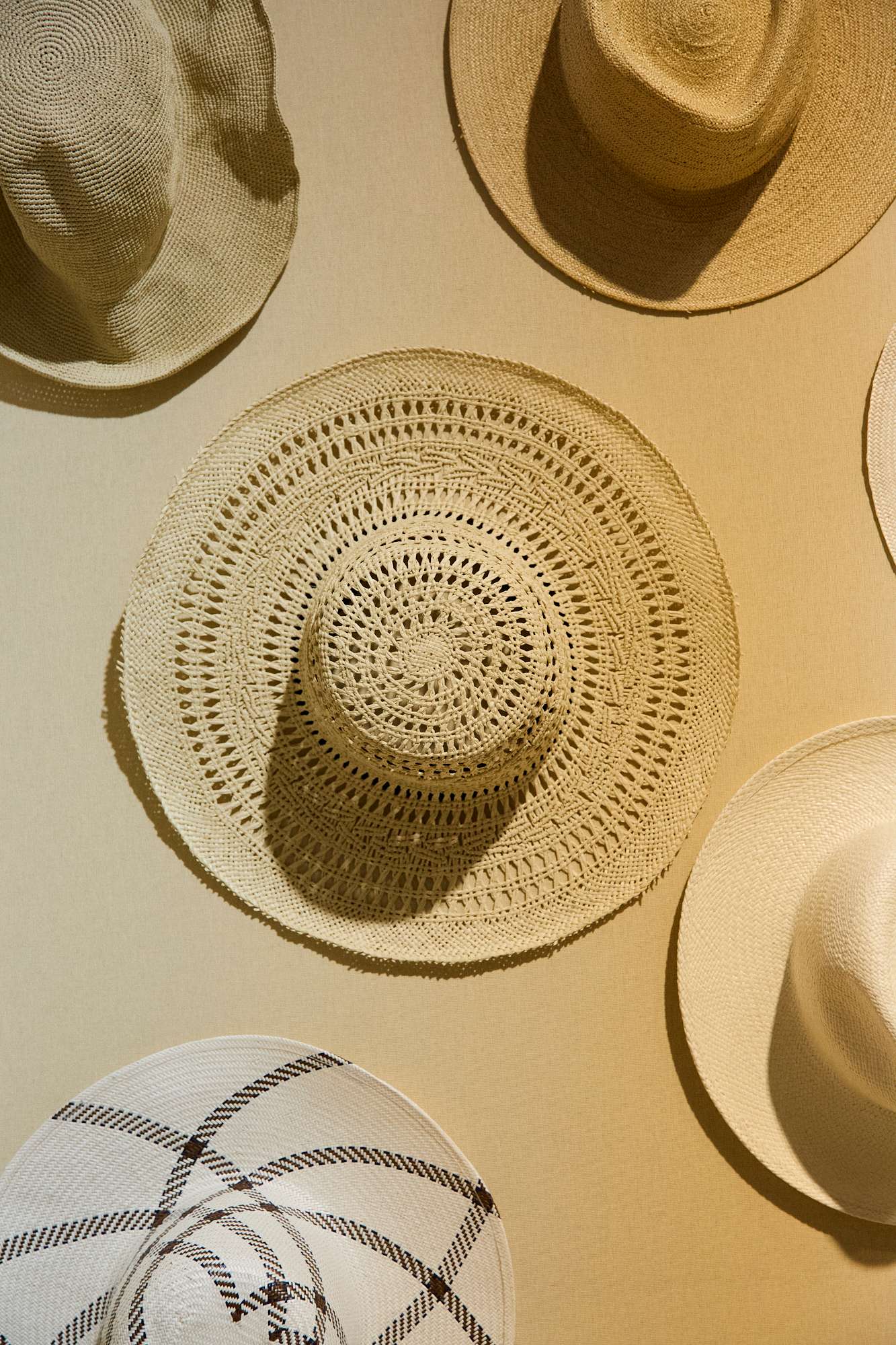
Reinhard Plank (Founder and milliner), originally from Vipiteno (Italy) near the Austrian border, first studied design in Vienna before turning to millinery. "I started with hats in Vienna, and my first classic model was a great success," he says. Drawn to Florence's rich hat-making heritage, Reinhard chose this city to perfect his craft.

At the latest edition of “Who’s Next,” we spoke with Camille Pouvreau and Lucas Bouteille, watch and jewellery buyers for Galeries Lafayette, about the burgeoning men’s jewellery market and the long-lasting nature of trends in the watch sector.
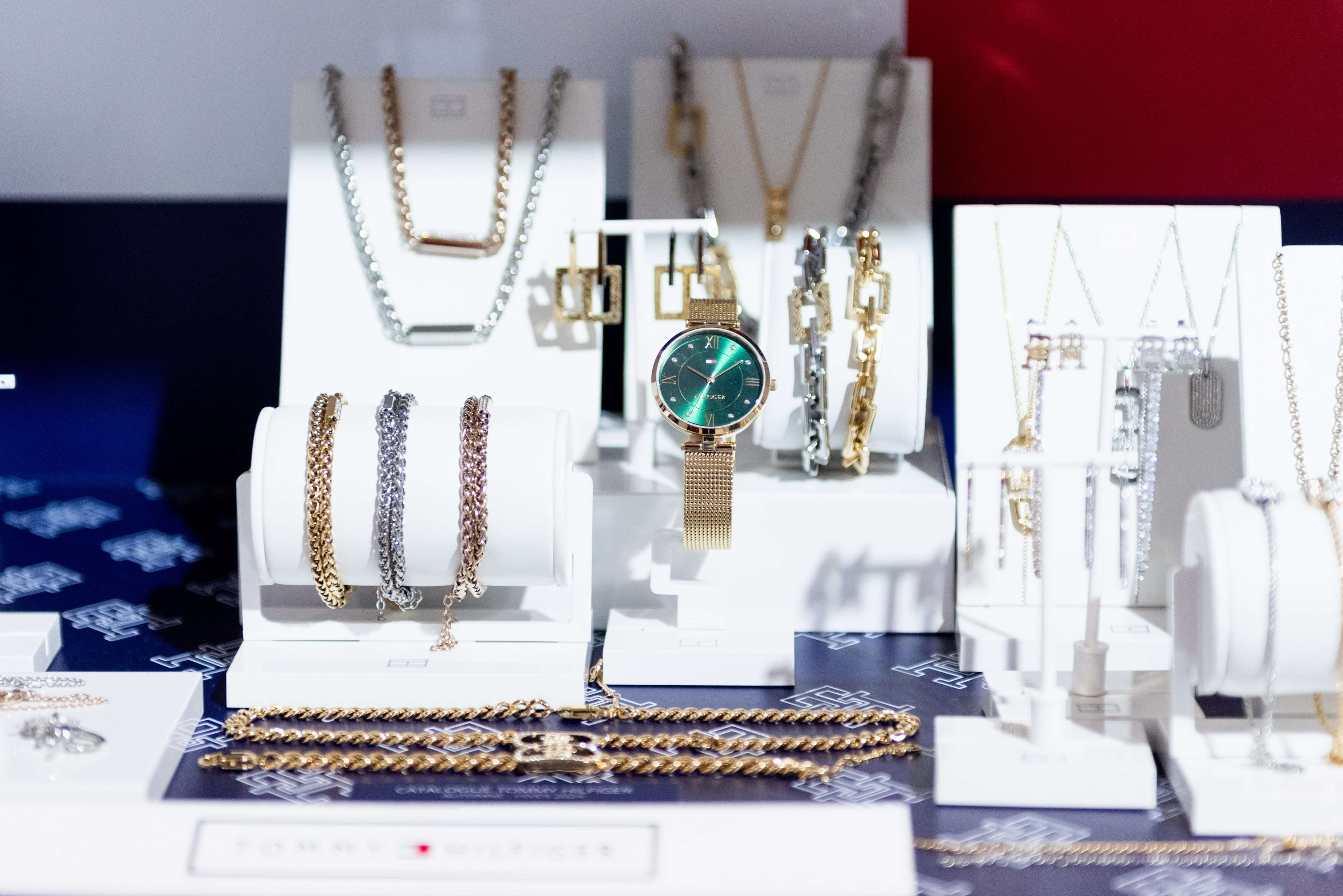
A key player in the watchmaking industry since the 1950s, the American Movado Group initially established itself through the distribution of traditional Swiss brands. Over time, it expanded globally, broadening its portfolio to include contemporary designs and jewellery.
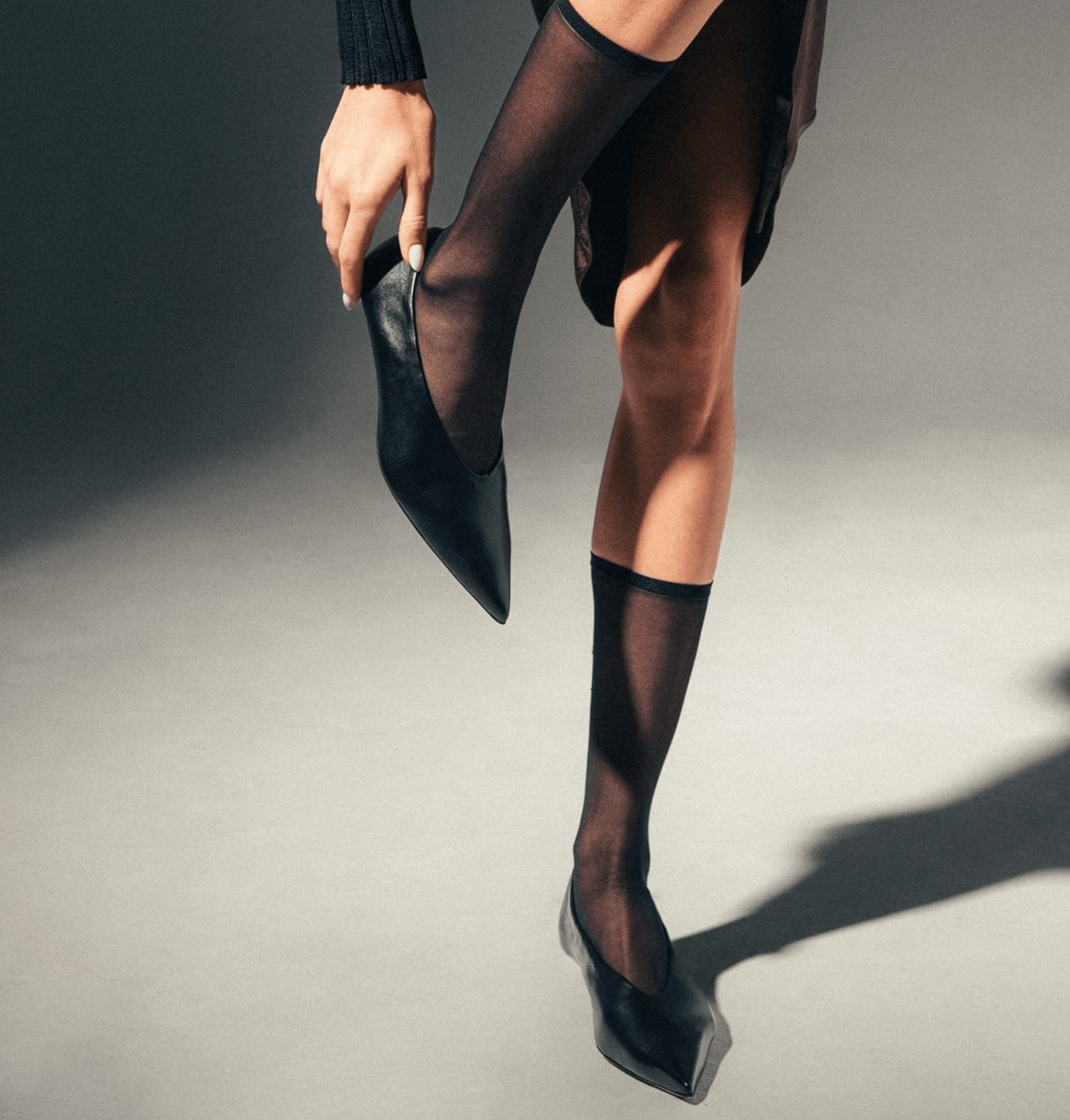
Founded in 1954 by the current owner’s parents, Antonio, the Italian shoe brand Guglielmo Rotta is the perfect example of a family craftsmanship that has evolved while remaining true to its roots. At this edition, the brand presented a collection that perfectly illustrates its commitment to quality, timelessness, and Italian craftsmanship.
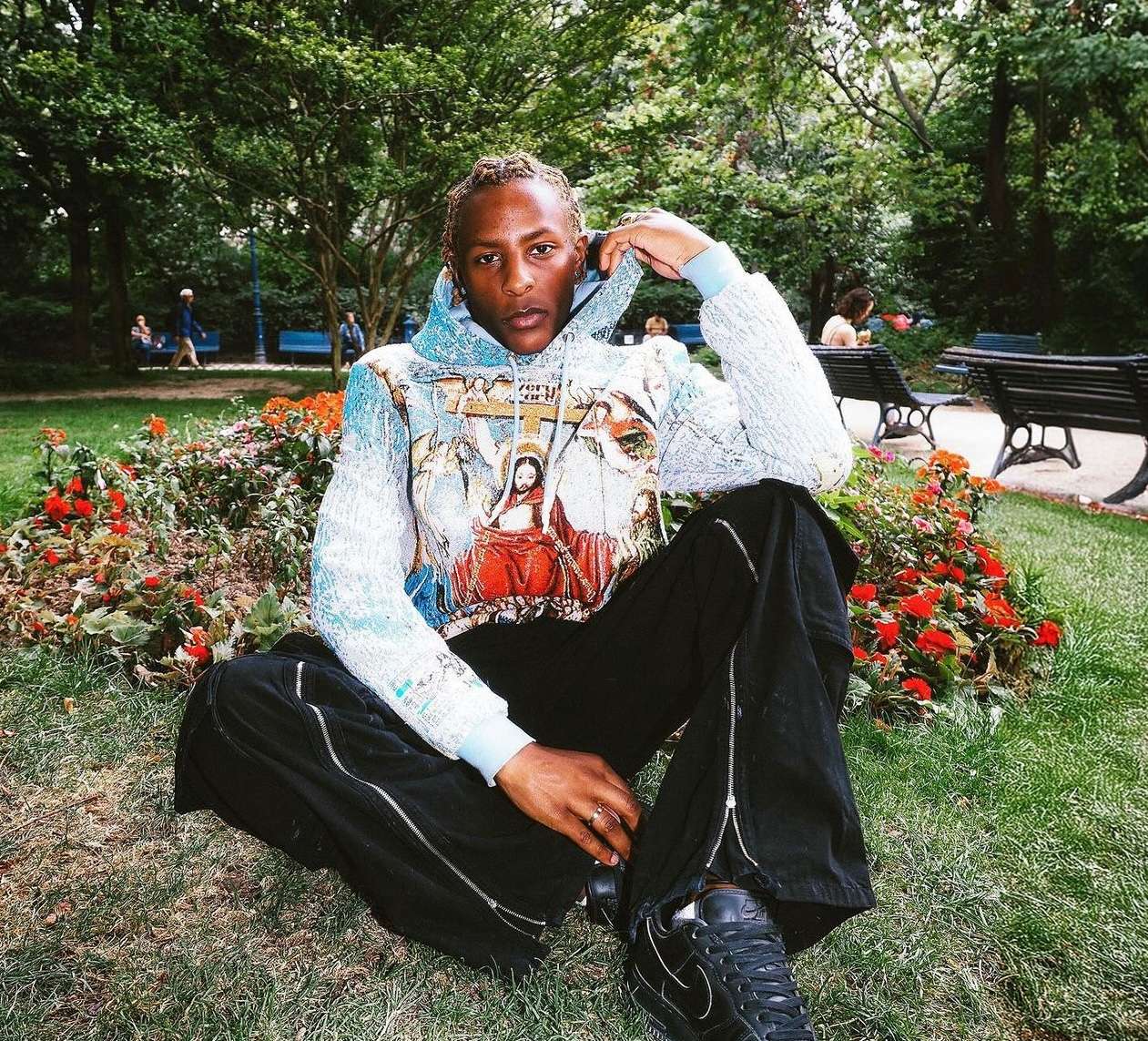
“Streetwear but make it Couture!” Very Rare, a lifestyle and ready-to-wear brand under the direction of Raf Reyes, embodies an avant-garde vision of streetwear through what the designer defines as ‘street couture’. Born during the 2020 health crisis, this family-run brand, founded with his older brother, stands out for its fluid silhouettes, intricate details such as embroidery, flocking, and graphic prints, and strong influences from 90s subcultures.
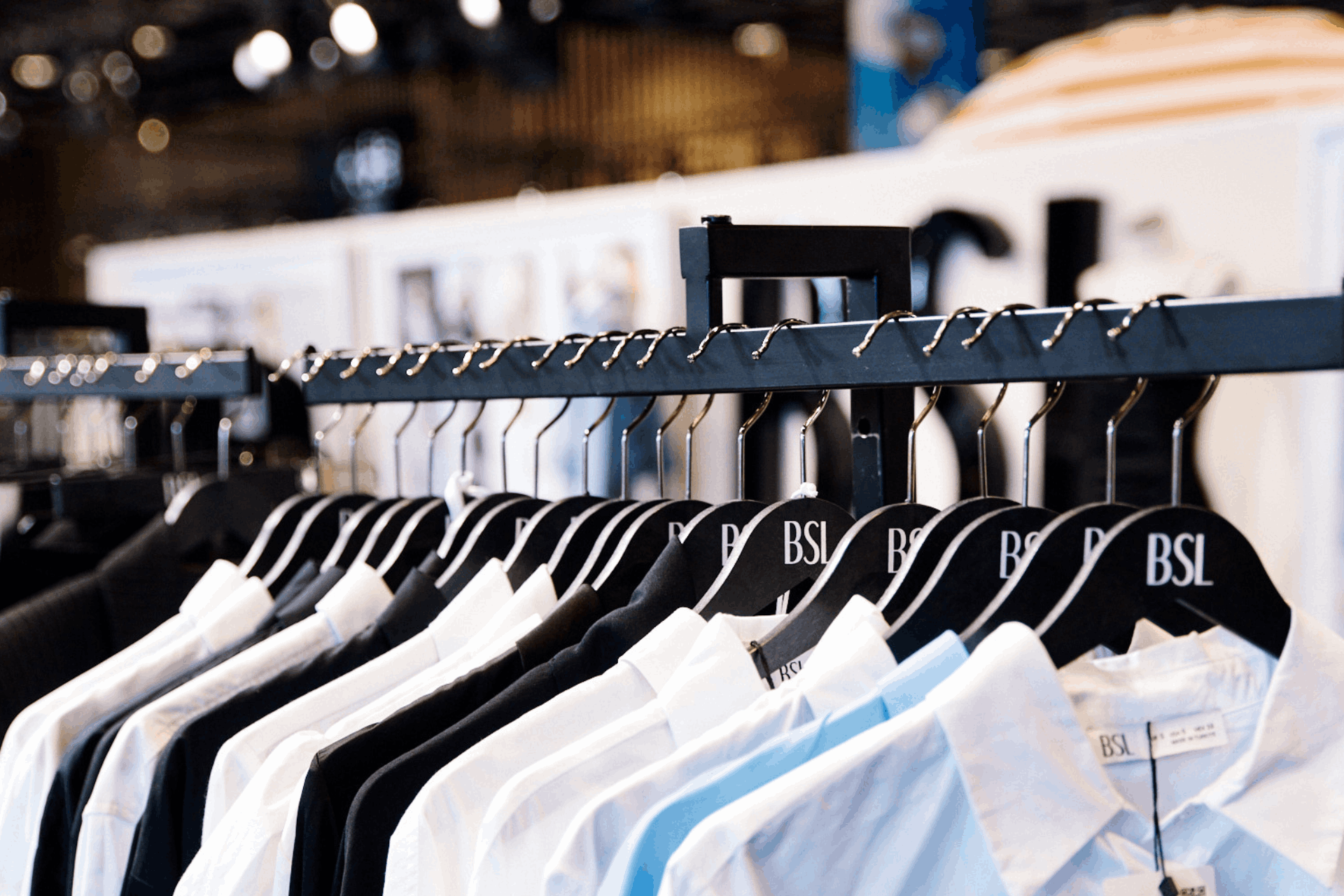
For over 15 years, BSL, a Turkish ready-to-wear brand, has made a name for itself in the fashion market in Turkey, with stores in the country’s major cities such as Istanbul, Izmir, Ankara, and Antalya. Initially focused on its own retail outlets, BSL adopted a new strategy last year: expanding its distribution network across Europe.
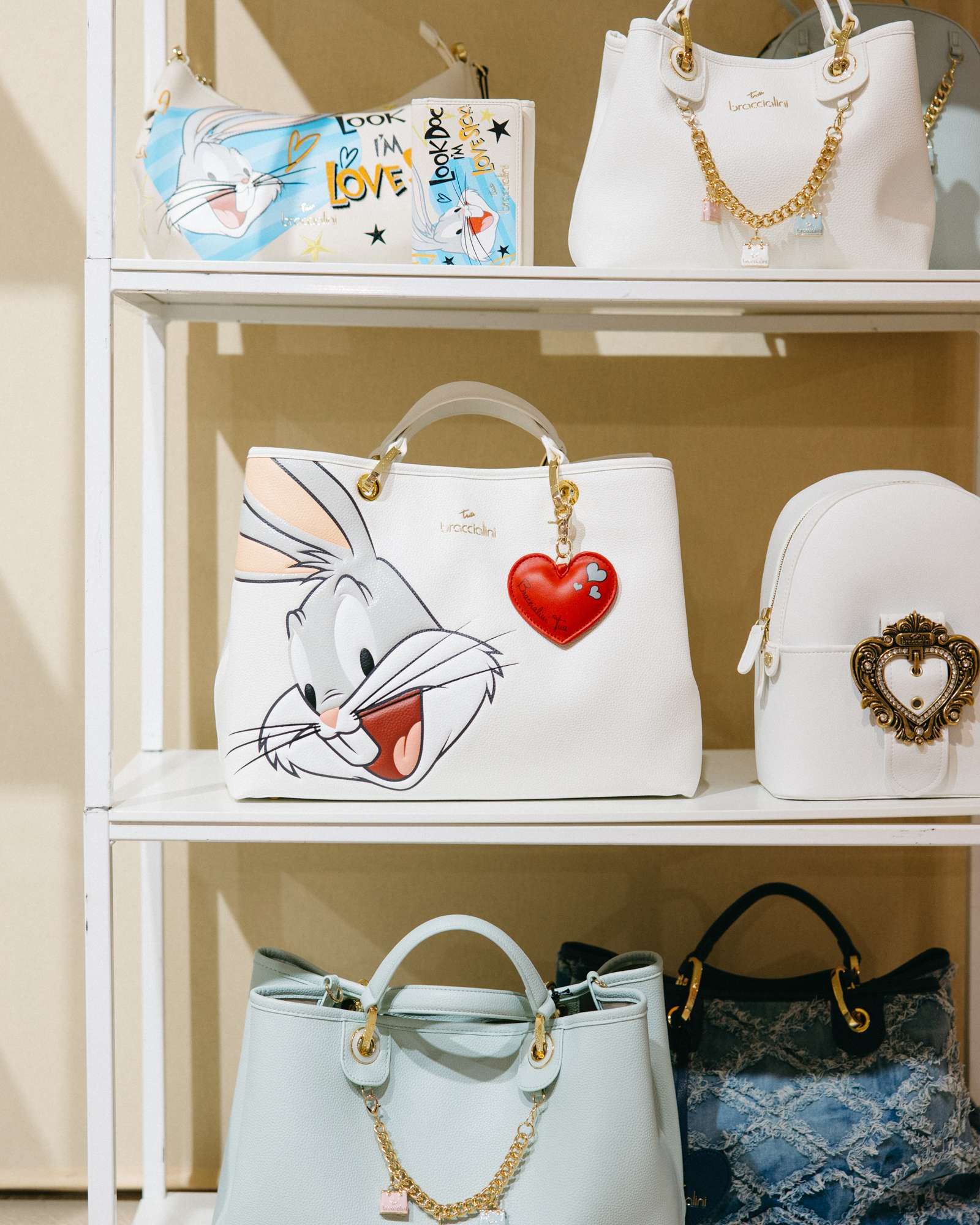
Reinterpreting its heritage Braccialini, the iconic Italian brand from Florence, is celebrating its 70th anniversary this year. "We were born in Florence, and the natural and architectural beauty of Tuscany greatly inspires our creations," shares Daniela, the brand's sales agent.
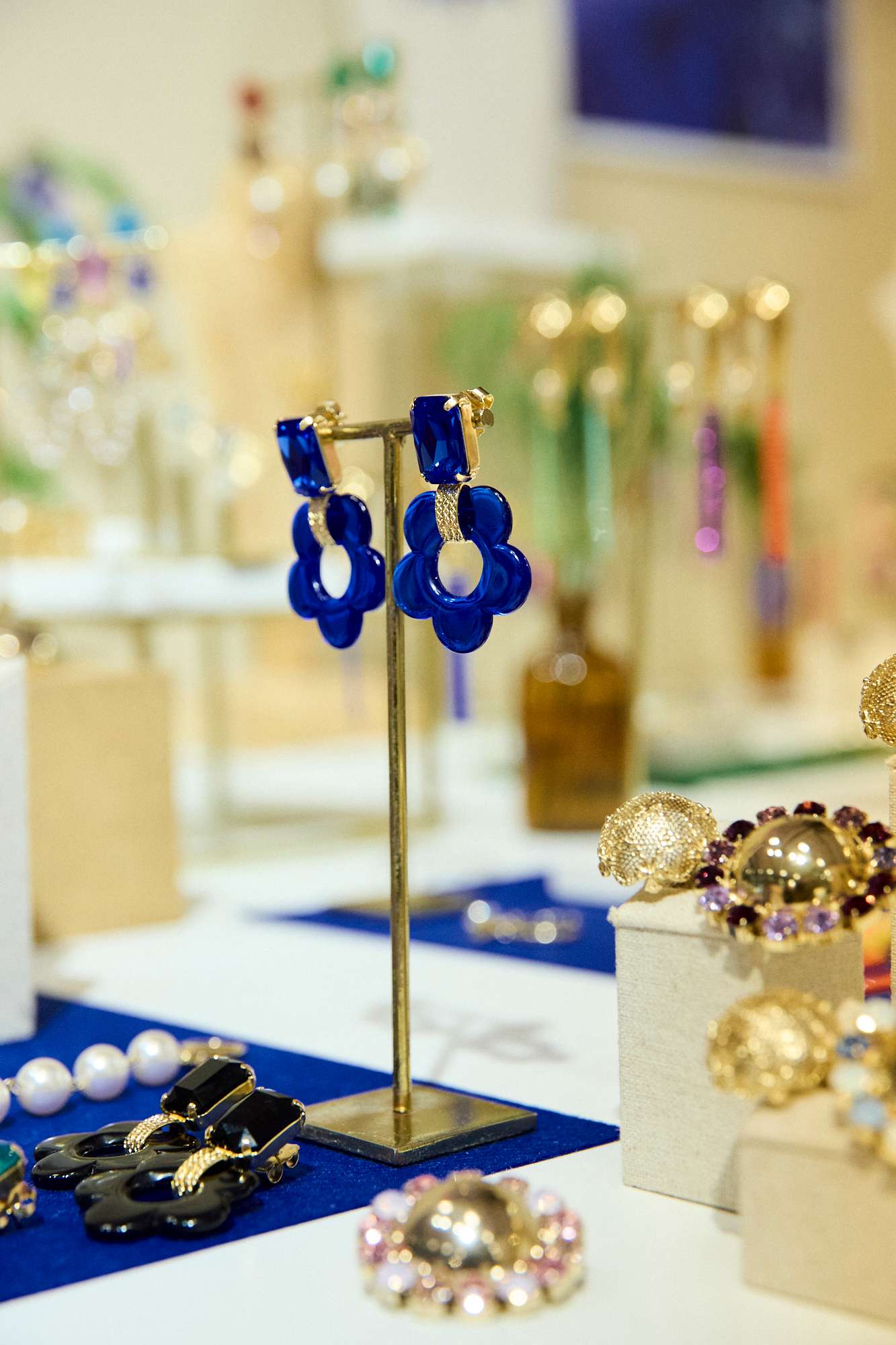
Craftsmanship at the heart of jewellery creation: a self-taught journey and the rise of gatsby soldering workshop Fifteen years ago, Julie Sion made her mark in the world of costume jewellery with a unique and passionate approach. "I stumbled into this profession a bit by chance," she admits. Self-taught, her first steps into creation were through a craft-focused approach, before collaborating with French workshops to ensure ethical and high-quality production for her eponymous brand. These collaborations led her to develop a strong and engaged community, not only around her creative project but also through the human values she upholds in her work.
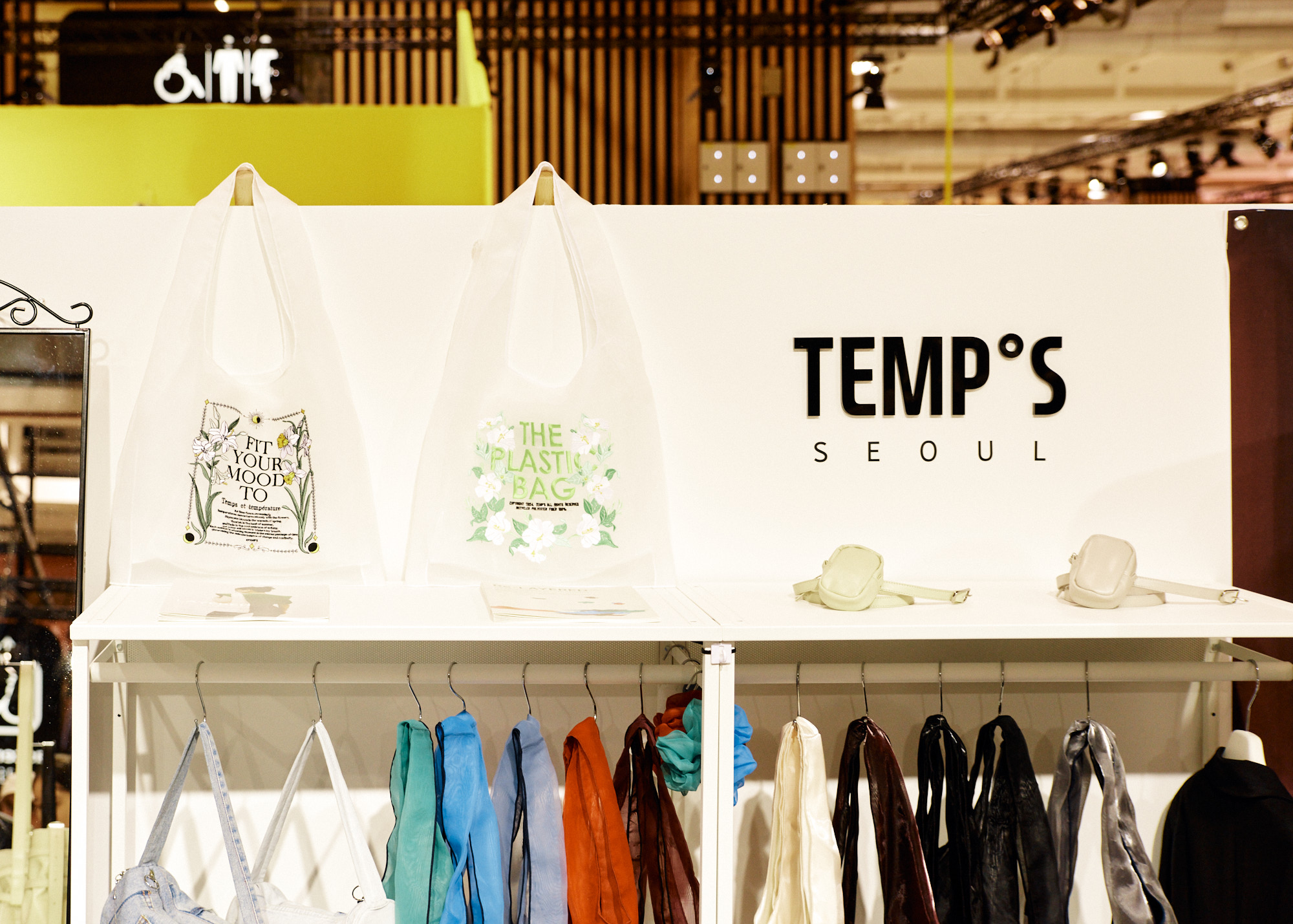
During their debut at Who’s Next, the South Korean brand Temp’s, led by Joanne Jeon Eun-jung, captured attention with its deep commitment to sustainability, combined with a modern and conceptual approach to design.

Pamela Kemmat, the influencer and founder of the Pamela Rouen boutique, and her mother Nadège Thevenon, founder of the Paloma Rouen boutique, share their thoughts on “Who’s Next,” an event they regard as the beating heart of the fashion industry.
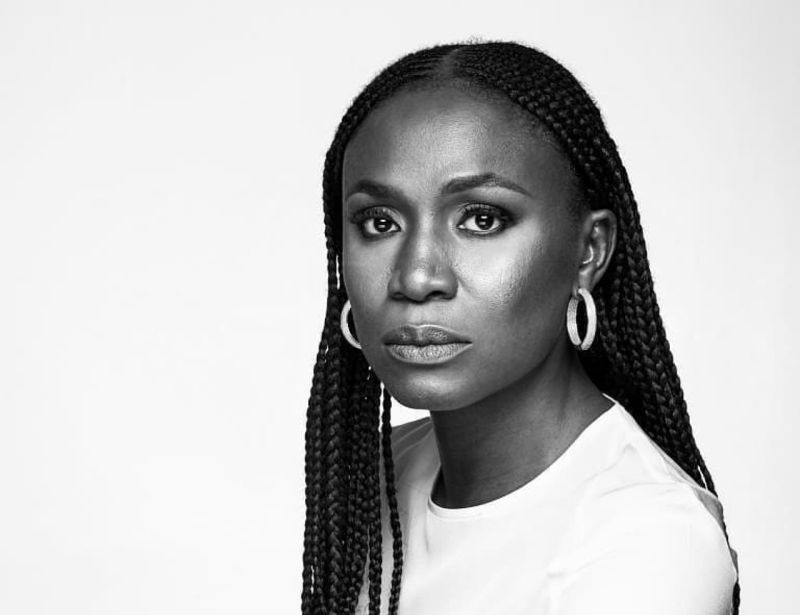
Meet Abasiekeme Ukanireh, the visionary founder and artistic director of Eki Kere, a Nigerian brand that has captivated audiences with its unique creations, showcasing vibrant raffia-based designs.
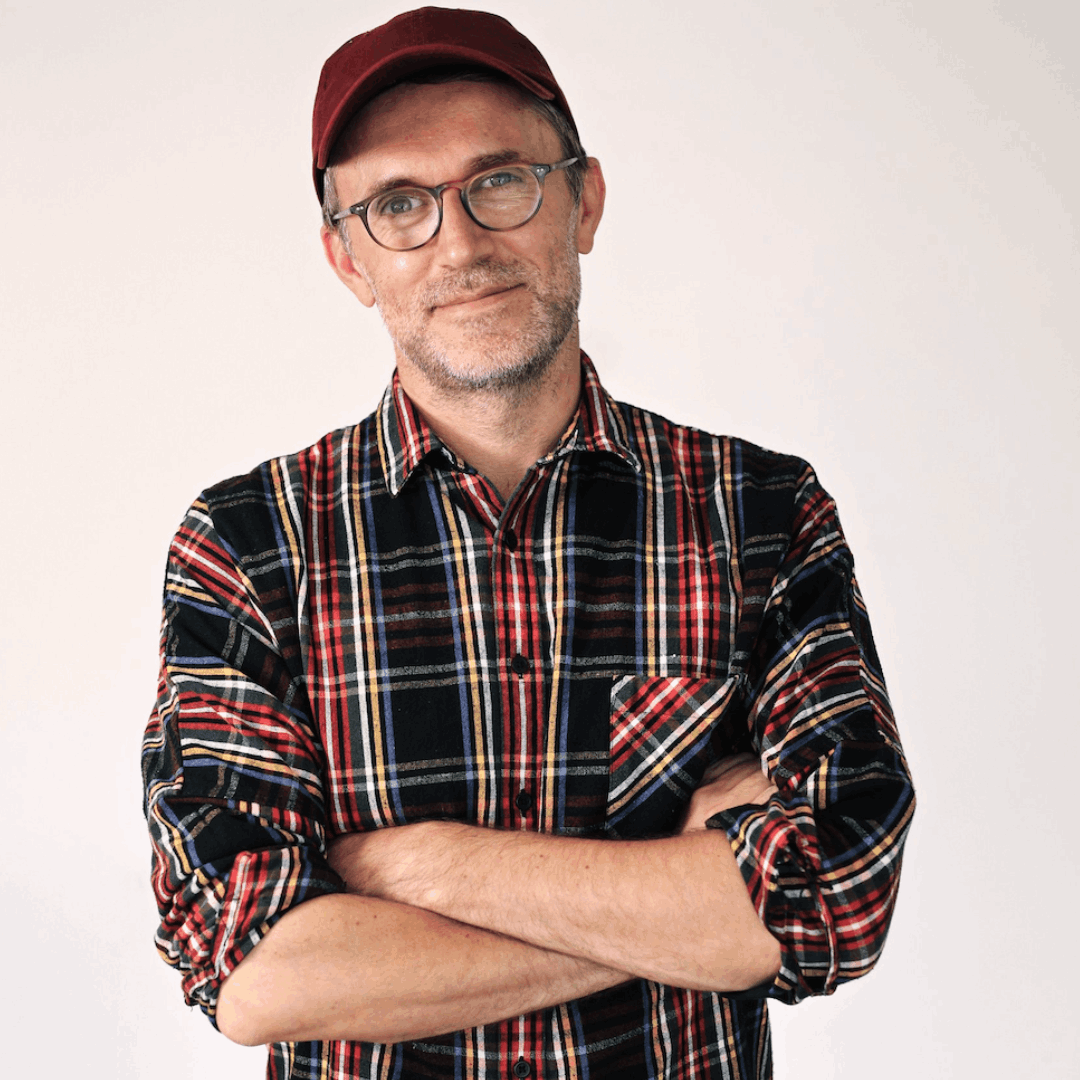
Who's Next? The great thing about the initial chaos of Who's Next is that it has lasted.

Street Culture resonates with the complexity of a city’s soul. The people, as a community, are those who define and codify its intricacies. Lifestyle, Fashion, Art and Music intertwine through the cosmopolitan blend that characterizes the singularity of a city’s vibe and energy.
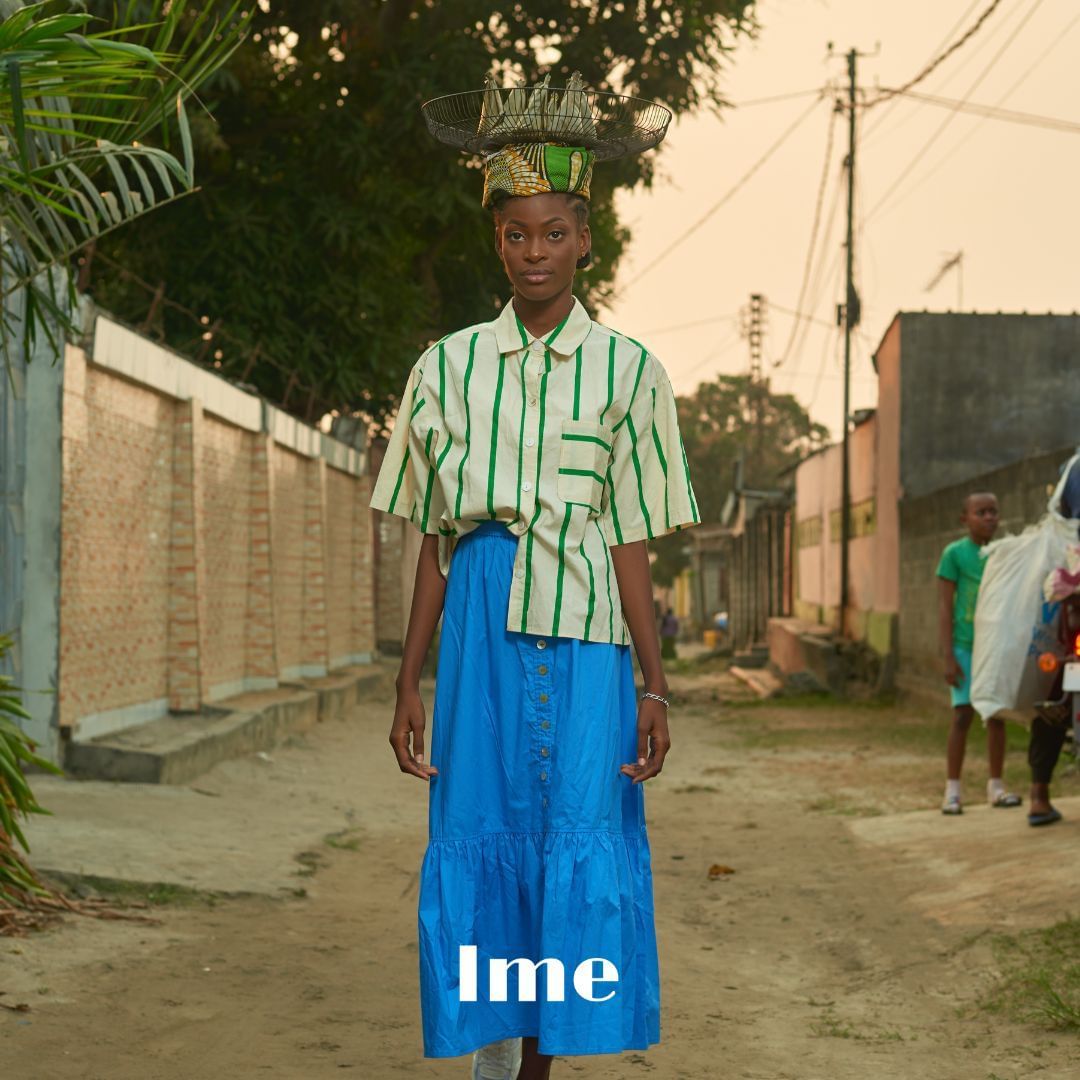
Since its inception in 2019, La Mode Européenne (LME) has stood out for its innovative and transformative approach to the fashion industry. By creating solidarity shops in Congo-Brazzaville and Cape Verde, stocked through donation boxes for clothing and accessories circulated in France and Europe, La Mode Européenne is committed to social and professional reintegration and creating local employment.
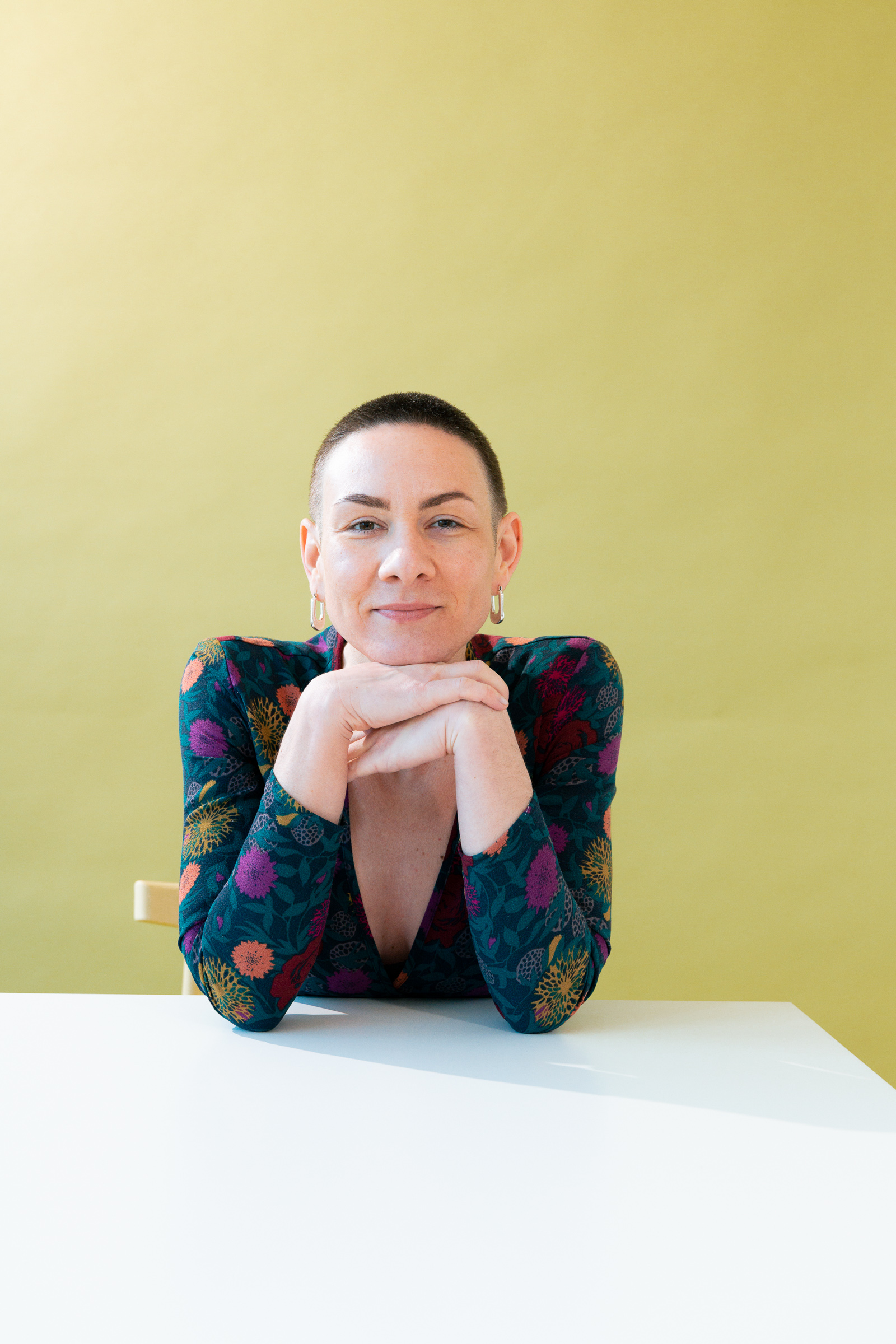
Lavinia Muth, an economist specialising in business ethics for actors of the fashion landscape, has dedicated 15 years to advancing social and ecological standards in the textile and creative industries. Her work as an external auditor, inspector, and investigator, in collaboration with Messe Frankfurt’s trade shows for instance, underscores her commitment to fighting against “corporate sustainability” and “green-washing”.
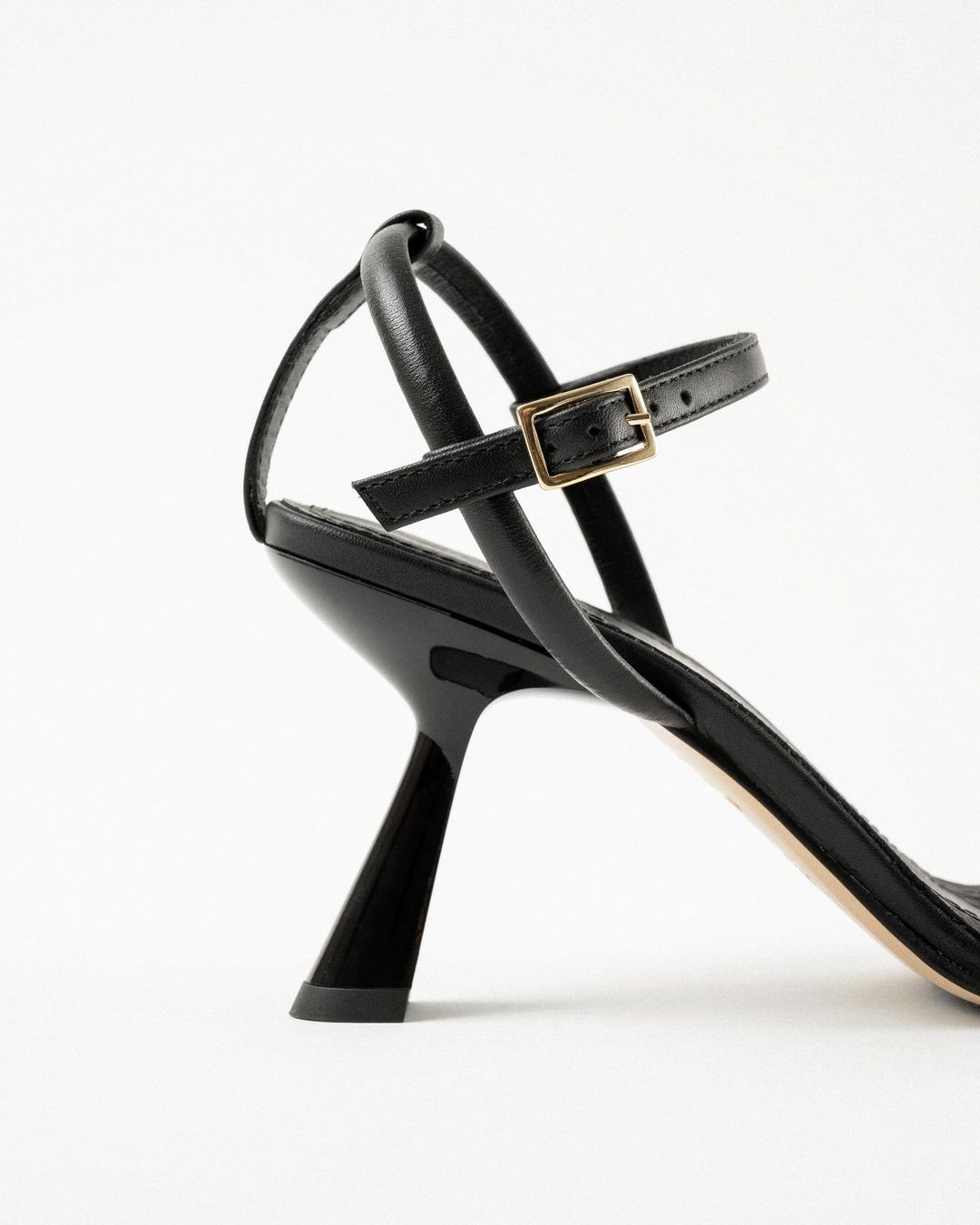
Julien Martinez, founder of the high-end ‘souliers’ brand Souliers Martinez, embodies the perfect fusion of traditional artisanal craftsmanship and contemporary innovation. Combining his deep Spanish roots with his Parisian cultural influences, his company stands out with a unique approach to leather weaving, supported by committed sustainable values and strong ethics.

Founded in Rimini from the vision of the eponymous young Italian designer, Judy Mazzotti, Judy created her brand with a focus on the future and research and development centred on innovation and sustainability.

Every year since 1985, Hyères has played host to the Festival de la Mode et de la Photographie.
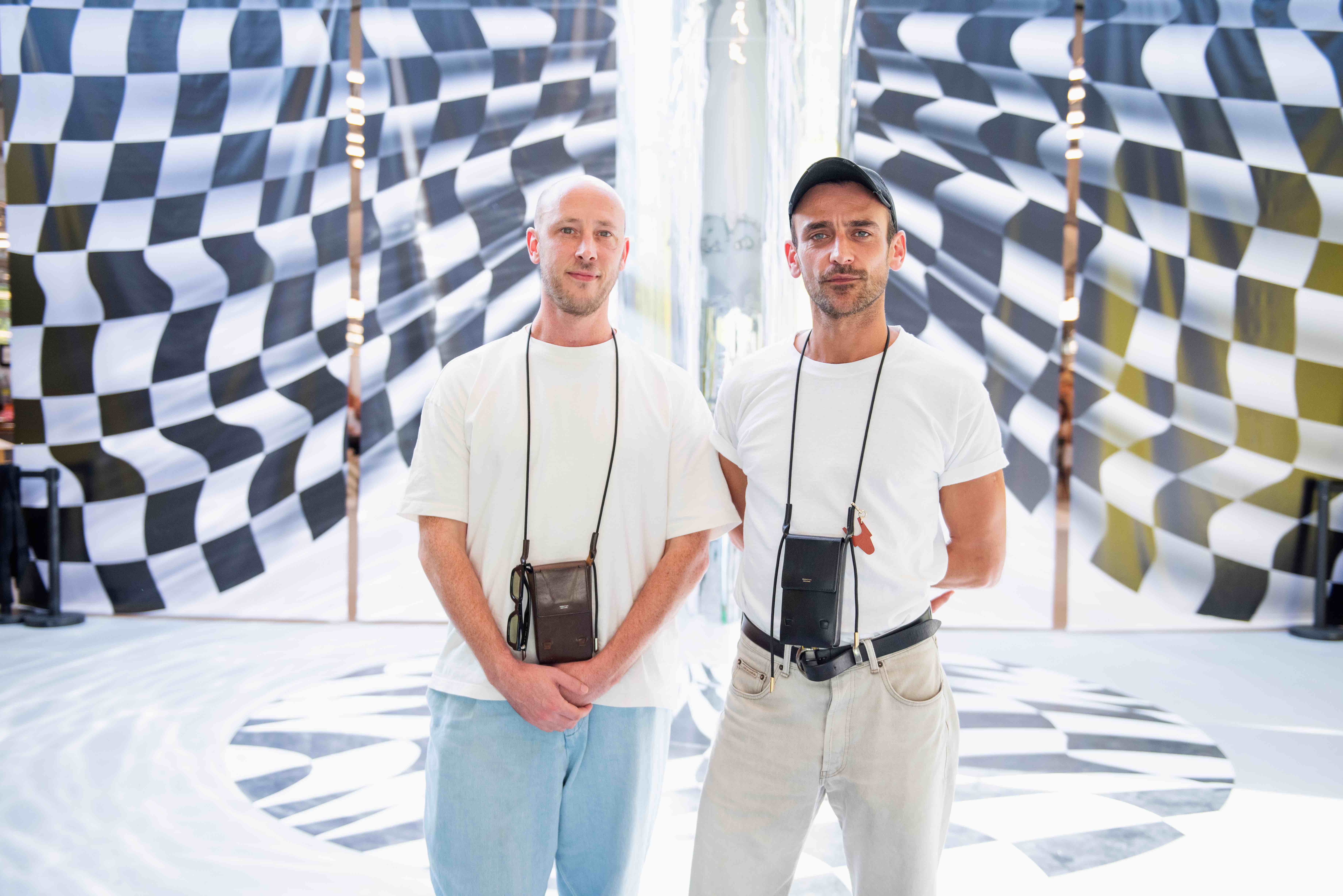
Bastien Beny and Simon Delacour are the creative minds behind the Domestique brand, leather goods accessories made in Paris.
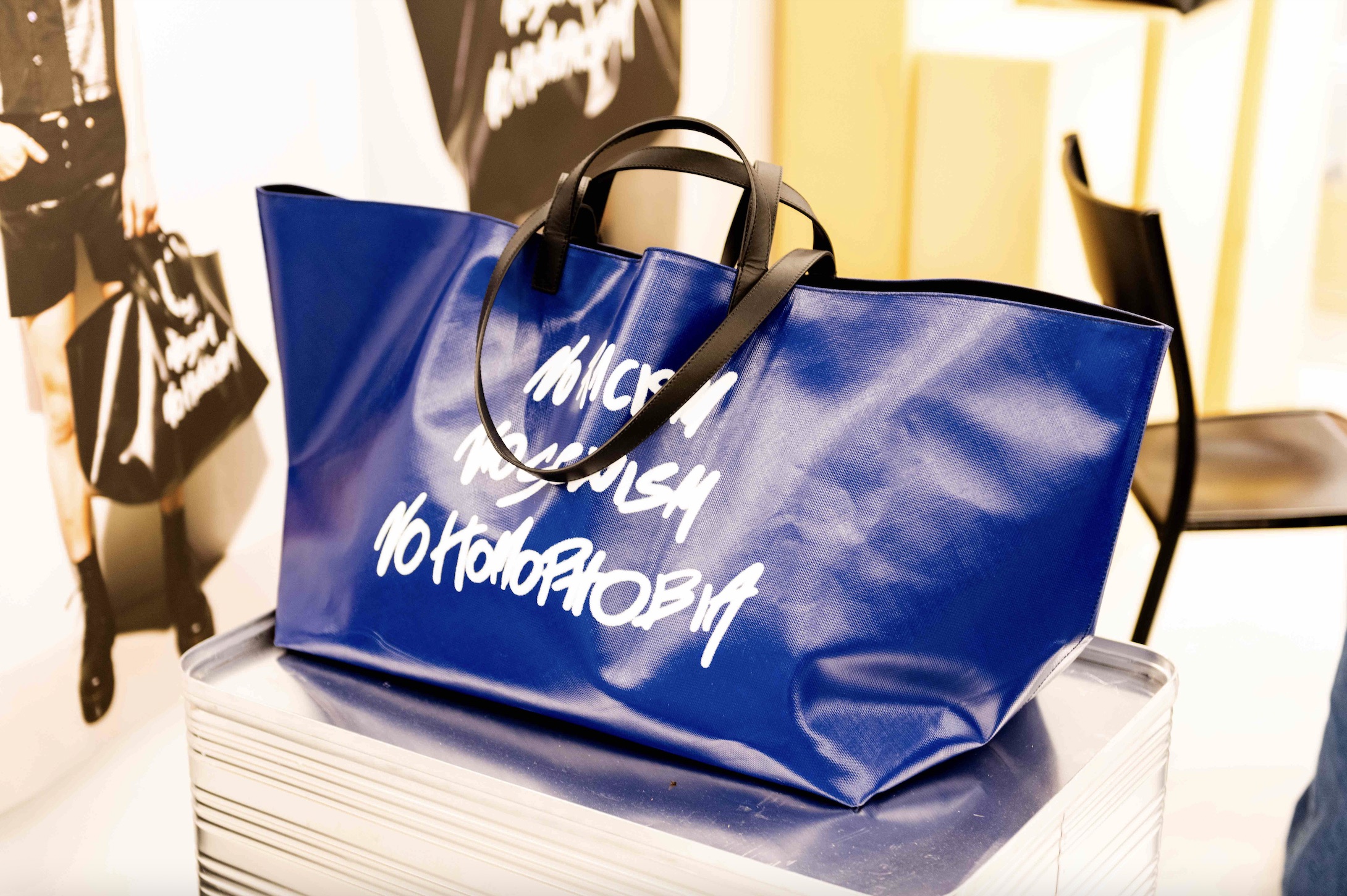
At La Caserne, a sustainable fashion incubator in Paris's 10th arrondissement, Jeanne Friot crafts impactful fashion.